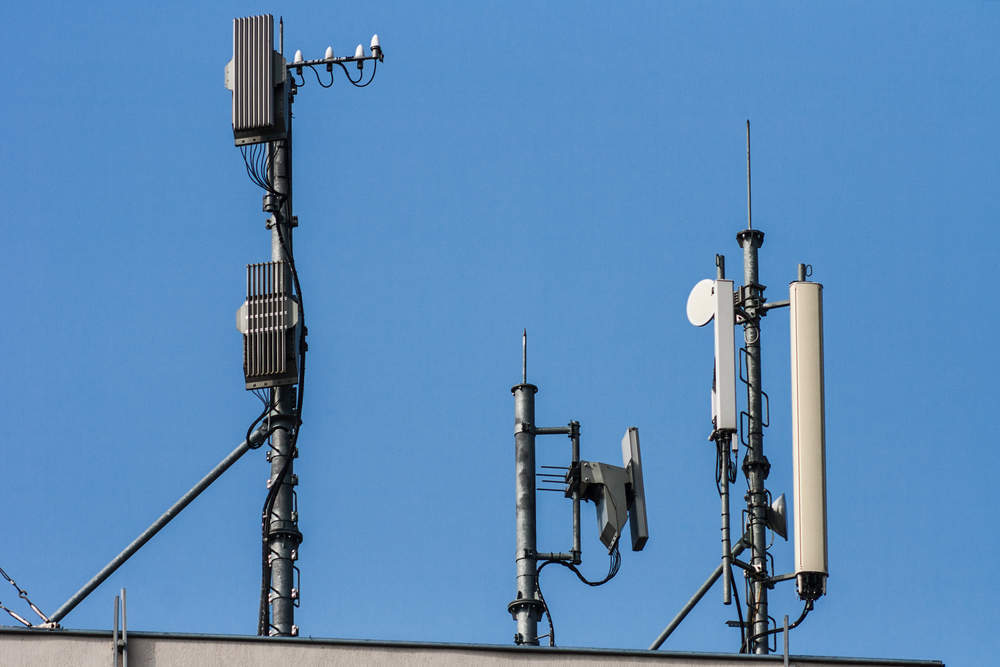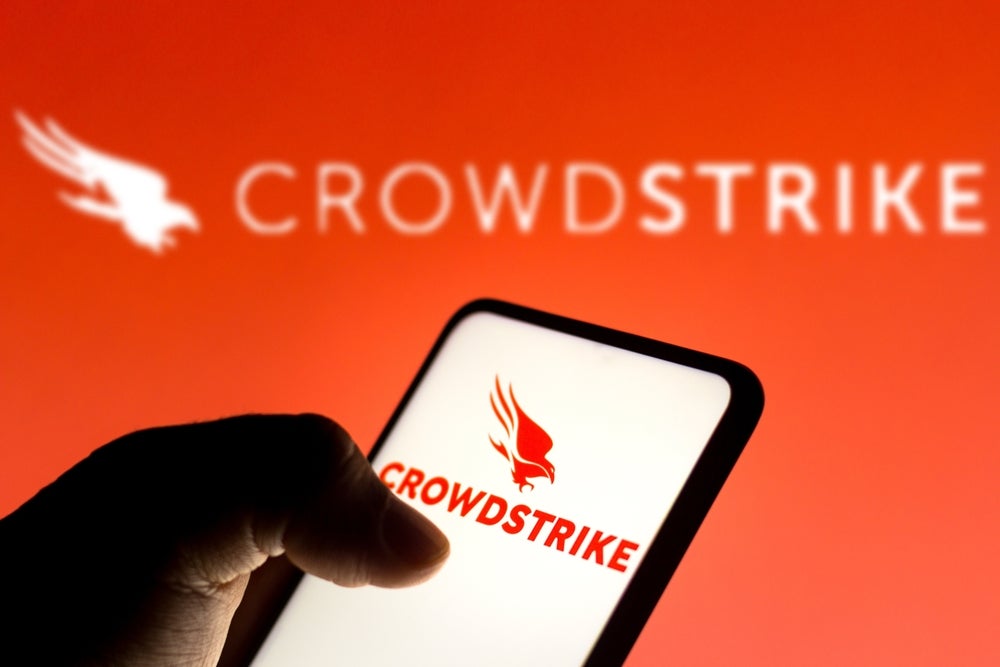The latest US spectrum auction wound down in April, raising $19.8bn — less than half of what the US government expected — for 70 MHz of spectrum.
Comcast, T-Mobile and Dish Networks bid heavily.
But incumbent mobile operators, AT&T and Verizon usually starved for spectrum and willing to spend big, barely made a showing.
Instead, AT&T and Verizon are investing in spectrum of a different sort.
In February 2017, AT&T quietly bought a company called FiberTower; AT&T also has bid to acquire Straight Path Communications. For its part, Verizon has a standing offer to acquire the spectrum licenses formerly held by XO Communications.
FiberTower? Straight Path? Behind these brands are companies known as Teligent, Winstar and WNP.
How well do you really know your competitors?
Access the most comprehensive Company Profiles on the market, powered by GlobalData. Save hours of research. Gain competitive edge.

Thank you!
Your download email will arrive shortly
Not ready to buy yet? Download a free sample
We are confident about the unique quality of our Company Profiles. However, we want you to make the most beneficial decision for your business, so we offer a free sample that you can download by submitting the below form
By GlobalDataTwenty years ago, those companies paid a premium to acquire huge numbers of US government spectrum licenses in the 28- and 38-GHz millimeter wave range during the dot-com boom.
All three experienced dot-com bust bankruptcies, and subsequent owners have been in search of a cash cow business plan ever since.
Finally that cash cow is here.
The 5G specifications include a high-frequency component that could turn high-speed/low latency millimeter wave communications into a desirable mass market asset.
US regulators have paid attention to this 5G spec: In 2016, the FCC promised to free up 10.85 GHz of millimeter wave spectrum in 28-, 38- and 60+GHz bands for that purpose.
But AT&T and Verizon rightly recognise that an auction is costly, and there are winners and losers.
If 5G’s millimeter wave specification opens up a new revenue opportunity, isn’t it easier and safer to buy companies that already own big bundles of these spectrum licenses?
For the same reason, AT&T has found its $1.25bn offer for Straight Path Communications counter-bid by a mystery player offering $1.31bn.
Until recently, it was unthinkable that these unappreciated millimeter spectrum assets could possibly start a bidding war. But market players are willing to bet on them, even if it is betting on the unknown.
Successful mobile radio devices need to be tiny, inexpensive and power-efficient.
Millimeter waves are a performance powerhouse that operate in a nosebleed part of spectrum where gear has not been cheap or low-power. But the risks of missing out on this key 5G element are too high to sit out.







Related Company Profiles
Teligent Inc
AT&T Inc